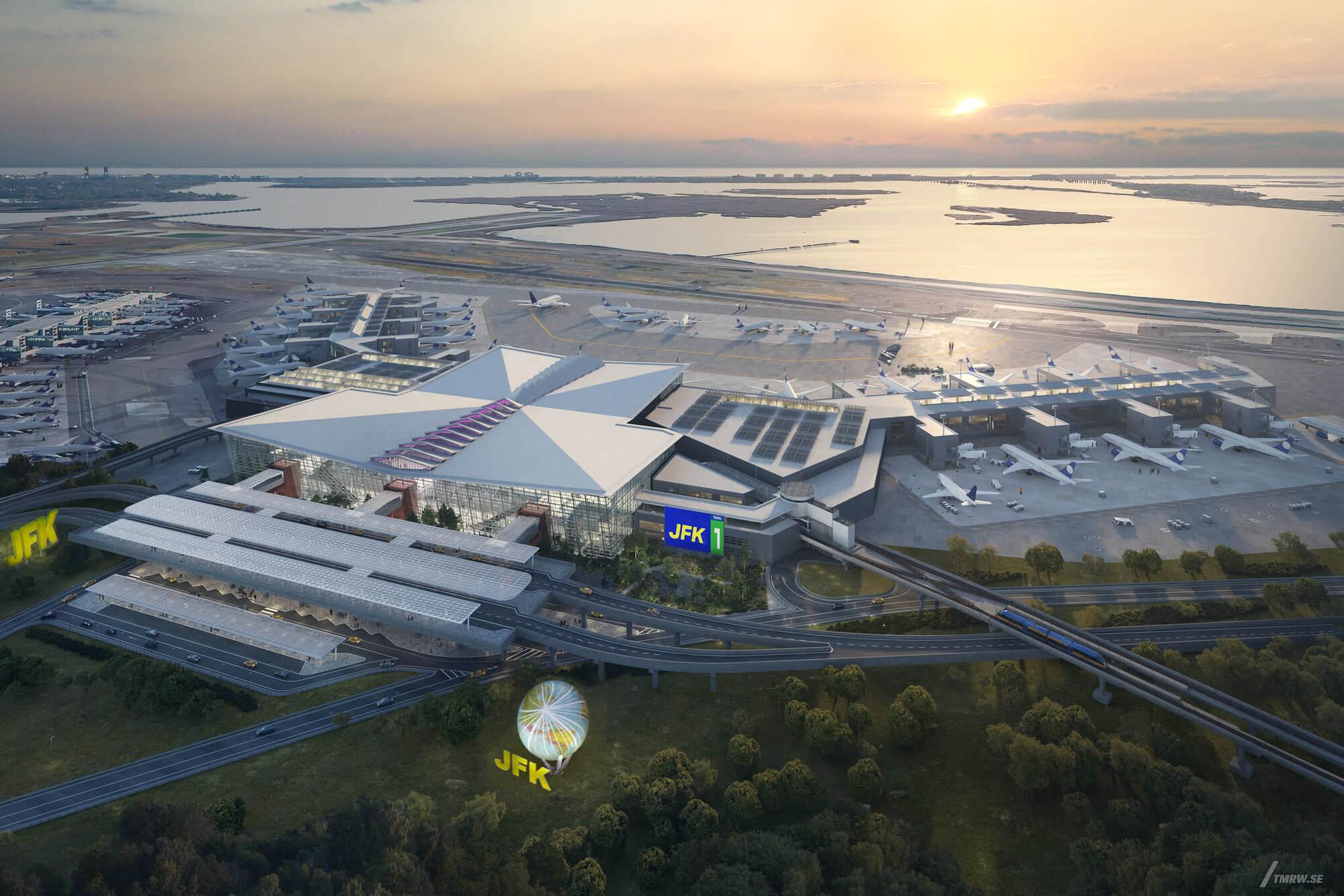JFK Airport’s Massive Transformation: A New Era for International Air Travel in New York

A Historic Transformation Underway
The Port Authority is currently executing a historic $19 billion transformation of John F. Kennedy International Airport (JFK) into a world-class facility. This ambitious public/private redevelopment program includes two new terminals across five previous terminal sites, expansion and modernization of existing terminals, streamlined roadways, enhanced retail and dining options, and stunning New York artwork.
Global Gateway’s Significance
As the nation’s busiest airport for international travel, JFK serves as an indispensable hub for global travel and the region’s economy. The airport currently handles over 62 million passengers annually, supports 149,000 jobs, and generates more than $33 billion in sales and $14 billion in wages.
New Terminal Developments
A major highlight of the transformation is the new $9.5 billion Terminal 1, scheduled to open in mid-2026. This terminal will be roughly the size of the two new LaGuardia Airport terminals combined and will be dedicated solely to international travelers.
The new Terminal One will feature 300,000 square feet of dining, retail, lounges and recreational space. It will house six lounges in total, with five located post-security and one for arriving travelers. Airlines including Air France-KLM, Korean Air and Turkish Airlines will operate three of the five airside lounges.
Innovative Features and Infrastructure
The new terminal will incorporate cutting-edge technology, including its own microgrid with solar panels on the roof, enabling the facility to maintain 100% operations even during power disruptions. The redevelopment program also includes an entirely new, simplified airport roadway network, supported by $3.9 billion in Port Authority funding, featuring streamlined roadways, a best-in-class ground transportation center, and enhanced electrical infrastructure.
Impact on Travel
Approximately 50 airlines will change terminal locations at JFK in 2026, which will affect travel logistics. During the peak construction period, travelers are encouraged to use public transit to avoid construction-related traffic.
